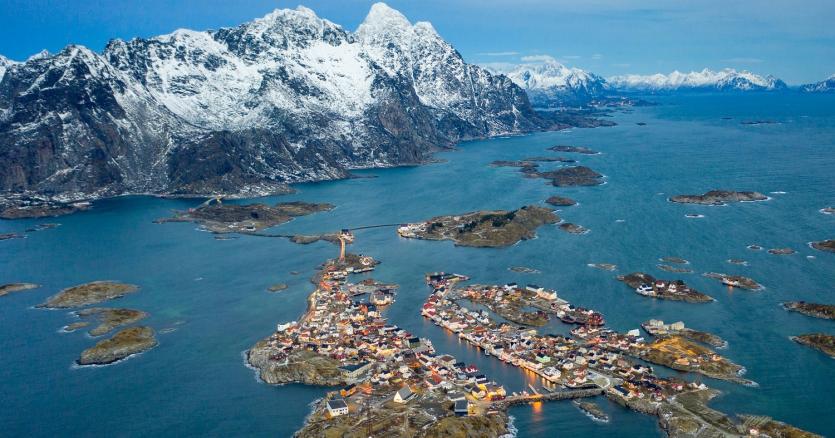A complex system of currents in the Atlantic Ocean which regulate the climate may have lost ‘stability’. Photo:Getty
By Patryk Krych | The World Daily | AUGUST 7th 2021
In a recent development, climate scientists have identified the early warning signs of a potential collapse of the Gulf Stream; a large ocean current that acts as one of the planet's most major heat distributors.
According to the research, this collapse of the Gulf Stream would be one of the major tipping points that leads us into the point of no return, in terms of climate change. Scientists are growing increasingly concerned with these tipping points, as irreversible changes to the Earth’s climate can only spell out disaster for its future.
The currents, that scientists refer to as the Atlantic meridional overturning circulation (AMOC) have suffered “an almost complete loss of stability over the last century.” The most recent analysis suggests that the signs of a potential collapse are already cropping up, with the currents found to be at their slowest in at least 1,600 years.
“The signs of destabilisation being visible already is something that I wouldn’t have expected and that I find scary,” said researcher Niklas Boers, from the Potsdam Institute for Climate Impact Research in Germany. “It’s something you just can’t [allow to] happen.”
It’s impossible to give an exact date as to when such a collapse could happen, largely due to the complexity of the Gulf Stream, alongside the uncertainty regarding the future of climate change and global temperatures at the moment.
The consequences of such a collapse would be felt worldwide, and would be catastrophic on top of that. In Europe, temperatures would drop and the number and severity of storms would increase. The sea levels off Eastern North America would rise, and the rains that millions of people are dependant on in India, South America and Western Africa would be disrupted and rarer.
Boers added that it’s not yet known what exact level of greenhouse CO2 emissions are necessary to cause the collapse, which could happen anywhere between a decade to a century or more from now. “So the only thing to do is keep emissions as low as possible. The likelihood of this extremely high-impact event happening increases with every gram of CO2 that we put into the atmosphere.”






